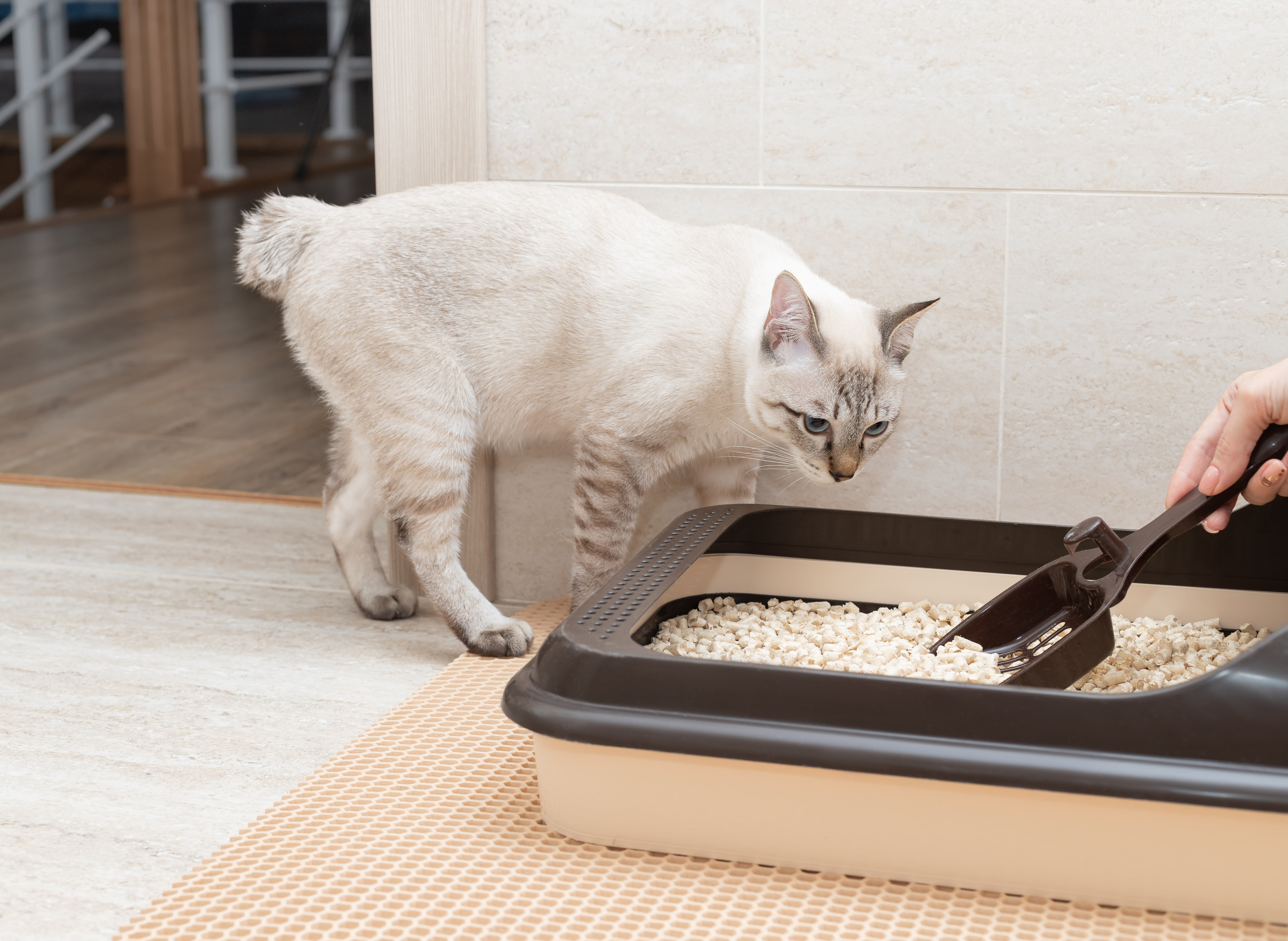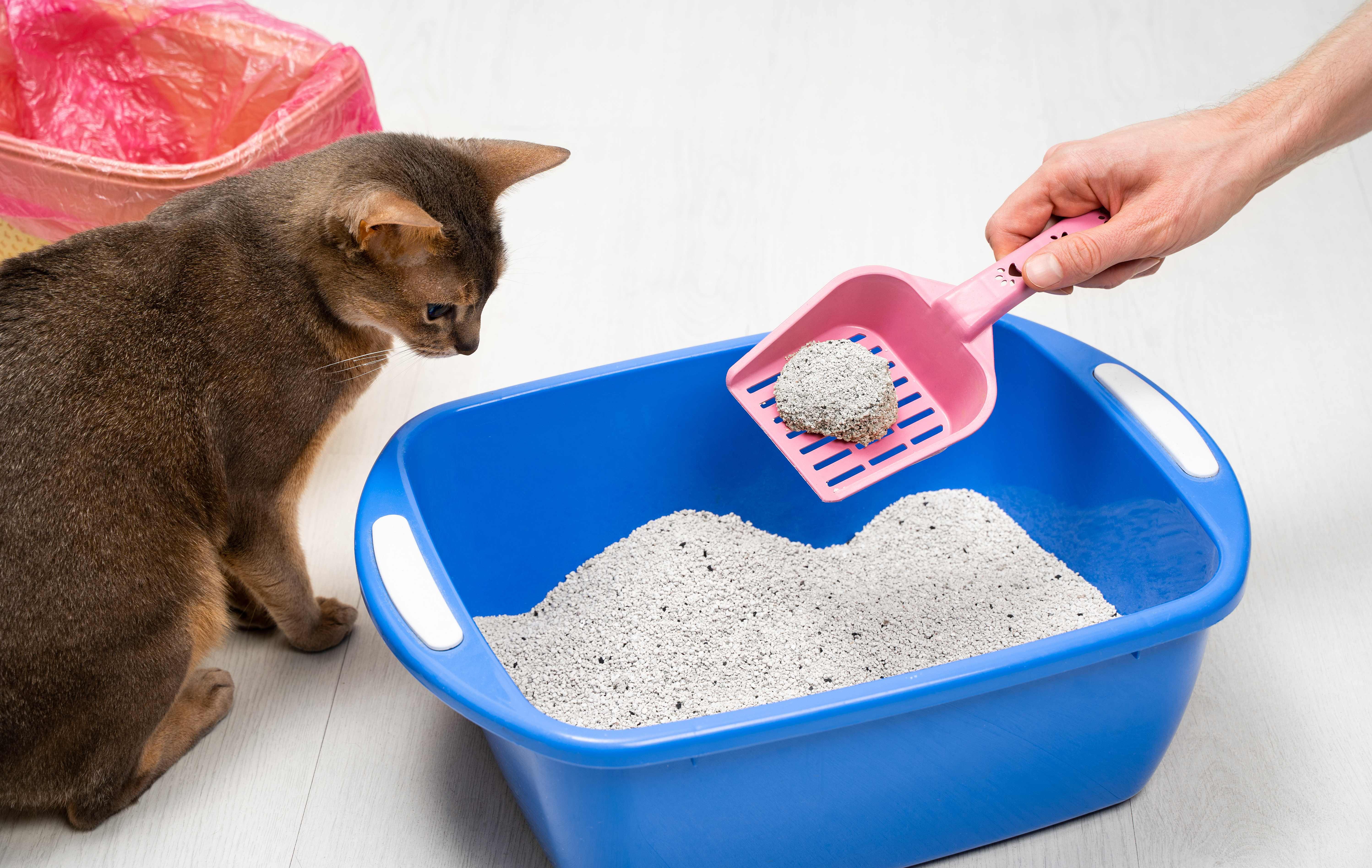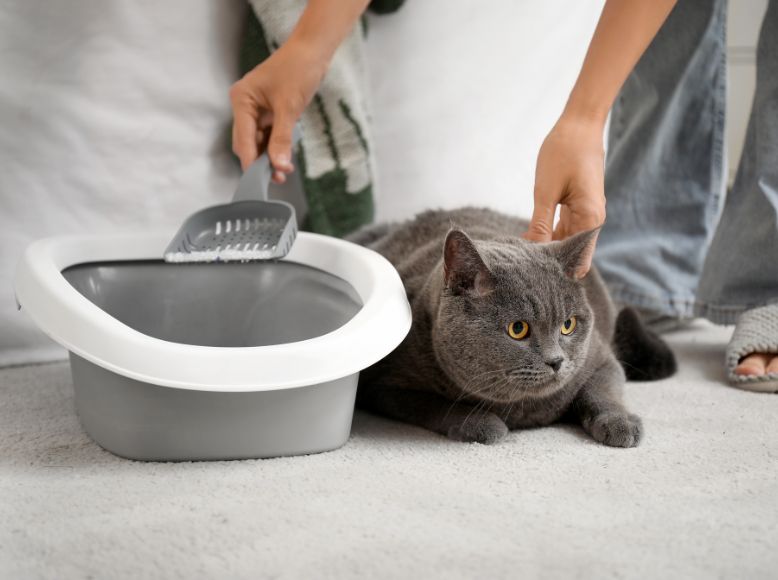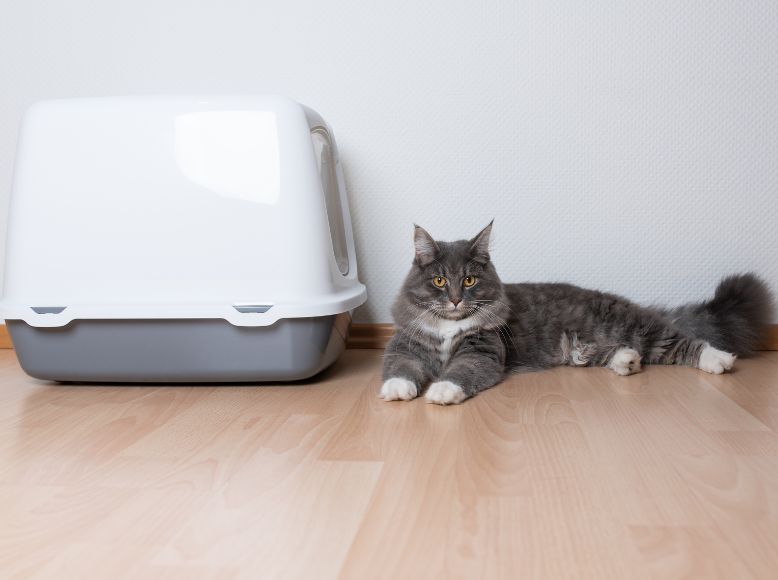Dog crate training often elicits mixed feelings among pet owners. Some might view dog crates as confining spaces, while others swear by their effectiveness as training tools. When used correctly, dog crates can provide a wealth of benefits for both the pet and the owner. Here’s a closer look at the advantages of using dog crates for training purposes.
Table of Contents
Provides A Safe Space For Dogs
Dogs are den animals by nature. They instinctively seek out small, cozy spaces where they feel safe. Dog crates can mimic this environment, providing a sanctuary where dogs can relax and escape from the hustle and bustle of household activity. When introduced properly, many dogs will voluntarily retreat to their crates to rest or enjoy some alone time.
Facilitates House Training
One of the primary benefits of dog crates is their effectiveness in house training. Dogs typically avoid soiling their living quarters. By using a crate, you can create a controlled environment where the dog learns to hold its bladder, gradually extending the time between bathroom breaks. This helps establish a routine and reduces the likelihood of indoor accidents.
Simplifies Travel
Whether you’re taking your dog on a road trip or a visit to the vet, dog crates make transportation safer and less stressful. A secured crate ensures that your dog can’t move around the vehicle, reducing potential distractions and ensuring their safety.
Aids In Behavior Modification
Dog crates can be effective tools in addressing specific behavioral issues. For instance, if a dog becomes overly excited with visitors, a crate can be a short-term solution, allowing the dog to calm down in a controlled environment. Likewise, during events that may stress or frighten your dog, like thunderstorms or fireworks, a crate provides a secure refuge.
Protects Household Items
Puppies and even some adult dogs can be mischievous. When left unsupervised, they might chew on furniture, shoes, or other household items. By using a crate when you can’t directly supervise your dog, you can prevent unwanted behavior and protect your belongings.
Introduces A Feeding Routine
Integrating dog food routines with crate training can be beneficial. Feeding your dog in its crate establishes a set mealtime routine and prevents other pets from accessing its food. Over time, the association of dog food with their crate can further reinforce the crate’s positive image.
In Conclusion
When used appropriately and responsibly, dog crates can be invaluable training tools that benefit both dogs and their owners. They are not meant to be a permanent or long-term confinement solution. Instead, they serve as a temporary, safe space that supports various aspects of training and well-being. Remember, complement crate training with a balanced diet using high-quality dog food to ensure your dog remains healthy and happy.








